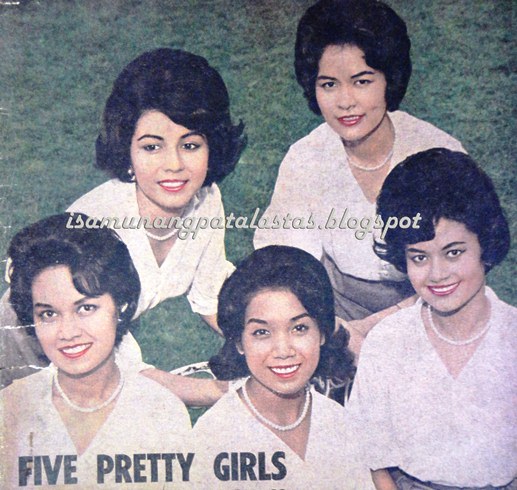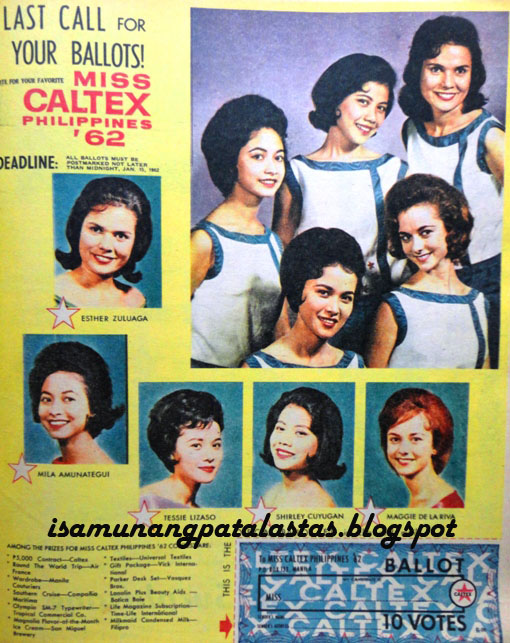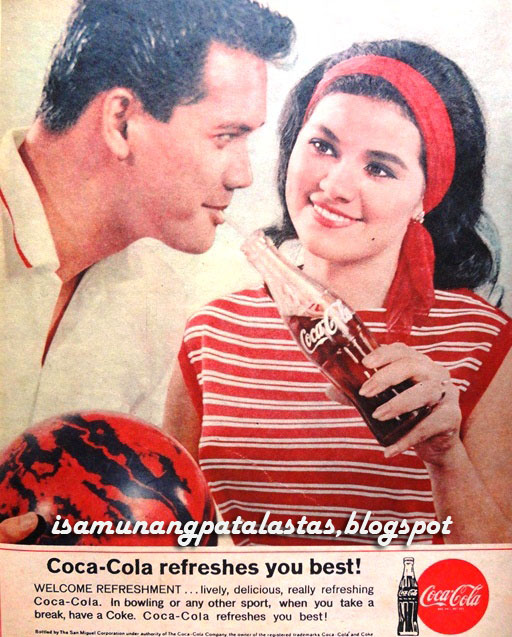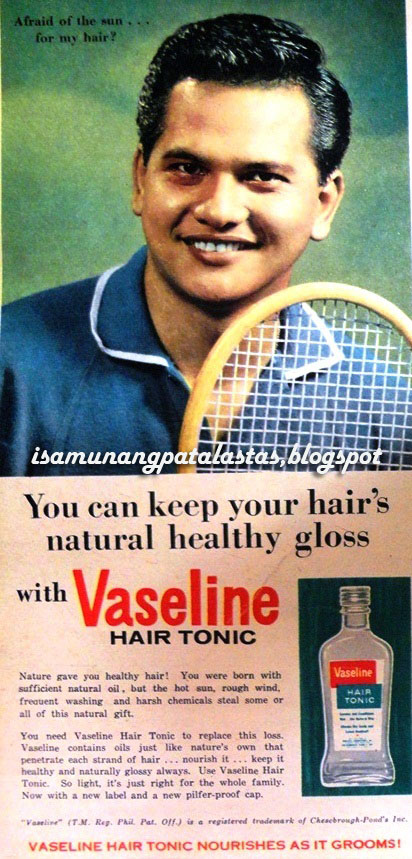 |
| LIWAYWAY GAWGAW ANG GAMITIN. The classic package of the oldest and leading cornstarch brand in the country, Source: www.pictame.com |
One of the most successful Filipino brand that is still
in existence today is a cornstarch product called LIWAYWAY GAWGAW. It found favor in Filipino homes not just for
cooking, but also for keeping clothes in shape, and giving them that clean,
crisp look while the garment is pressed.
The Chinese-Filipino couple, Chan Lib and See Ying, are
credited with launching LIWAYWAY GAWGAW
to the Philippine market way back in 1948. They actually began bulk-buying
cornstarch from wholesale markets, and re-packaged these in their Pasay home,
in consumer-size paper packs for resale and distribution to sari-sari stores.
They gave it the brand name—“LIWAYWAY”—which was in keeping with using native brand names as a wave of Filipino nationalism swept post-war Philippines.
LIWAYWAY means “dawn”, an appropriate name that presaged the future of a newly independent country, free at last from American rule. Even the package graphics reflected this hopeful optimism. It carried simple, comics-like illustration (sunrise behind mountains with swaying coconut trees on the front, a Filipina in native dress pressing clothes at the back), the package copy was composed in pure Pilipino, almost lyrical in style: "Sa minsang gamit ay di ninyo malilimot ang linis, puti at puro na pinanagutan namin" (at first use, you will not forget the clean, the whiteness and purity that we are liable for). Even the instructions for use were written Pilipino, with words rarely use today: "Ginagawang maaluan at mabilis ang pagplantsa ng damit",
They gave it the brand name—“LIWAYWAY”—which was in keeping with using native brand names as a wave of Filipino nationalism swept post-war Philippines.
LIWAYWAY means “dawn”, an appropriate name that presaged the future of a newly independent country, free at last from American rule. Even the package graphics reflected this hopeful optimism. It carried simple, comics-like illustration (sunrise behind mountains with swaying coconut trees on the front, a Filipina in native dress pressing clothes at the back), the package copy was composed in pure Pilipino, almost lyrical in style: "Sa minsang gamit ay di ninyo malilimot ang linis, puti at puro na pinanagutan namin" (at first use, you will not forget the clean, the whiteness and purity that we are liable for). Even the instructions for use were written Pilipino, with words rarely use today: "Ginagawang maaluan at mabilis ang pagplantsa ng damit",
LIWAYWAY GAWGAW
was distributed all over the city in sari-sari stores and became an instant hit with Filipino
housewives. The practice of treating fabrics with starch—“almirol”—was still
popular then.
Women still wore baro’t saya which had sleeves and panuelos that required starching so they stay straight when worn. On the other hand, menfolk still donned white Americana cerrada with white pants that had to look crisply white all day long.
Women still wore baro’t saya which had sleeves and panuelos that required starching so they stay straight when worn. On the other hand, menfolk still donned white Americana cerrada with white pants that had to look crisply white all day long.
Most students and young professionals too, too, wore white
shirts to school or to their offices (polo shirts for students, U.S. trubenized
shirts for male office workers) , necessitating the use of ‘gawgaw” to give
fabrics a clean finish, free from creases and wrinkles the whole day. LIWAYWAY GAWGAW, when applied to fabrics
delivered unsurpassed results, to the great satisfaction of Filipino
homemakers.
LISTEN TO "LIWAYWAY GAWGAW'
RADIO JINGLE HERE:
No wonder, LIWAYWAY
GAWGAW became an established Philippine brand, especially when it was
promoted in the 60s and 70s using a highly memorable radio jingle, now an icon of our times. The success
of the brand enabled the Chinese-Flipino couple to venture into other
commodities—from candles, snack goods, coffee to hair products. Today, their humble business has grown into an
Asian empire, thanks to LIWAYWAY GAWGAW,
and to the efforts of their visionary son, BENCH founder, Mr. Ben Chan.
SOURCES:
Liwayway Gawgaw (radio ad and jingle with photos), uploaded by Oishi Philippines, March 18, 2012, https://www.youtube.com/watch?v=Z-d_Vg2gsjY
Photo of Liwayway gawgaw: FASHIONABLE FILIPINAS: An Evolution of the Philippine Dress in Photographs, 1860-1960, by Gino Gnzales and Mark Lewis Higgins,
Liwayway Gawgaw product packs, front & back: https://makadto.com/tag/liwayway-gawgaw/
http://www.pictame.com/tag/LiwaywayGawgawAngGamitin
Photo of Liwayway gawgaw: FASHIONABLE FILIPINAS: An Evolution of the Philippine Dress in Photographs, 1860-1960, by Gino Gnzales and Mark Lewis Higgins,
Liwayway Gawgaw product packs, front & back: https://makadto.com/tag/liwayway-gawgaw/
http://www.pictame.com/tag/LiwaywayGawgawAngGamitin





















